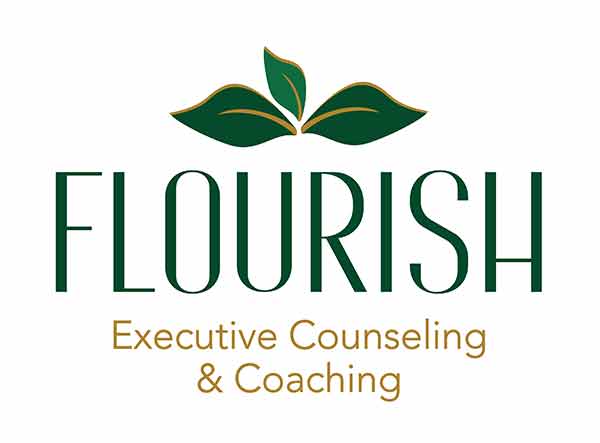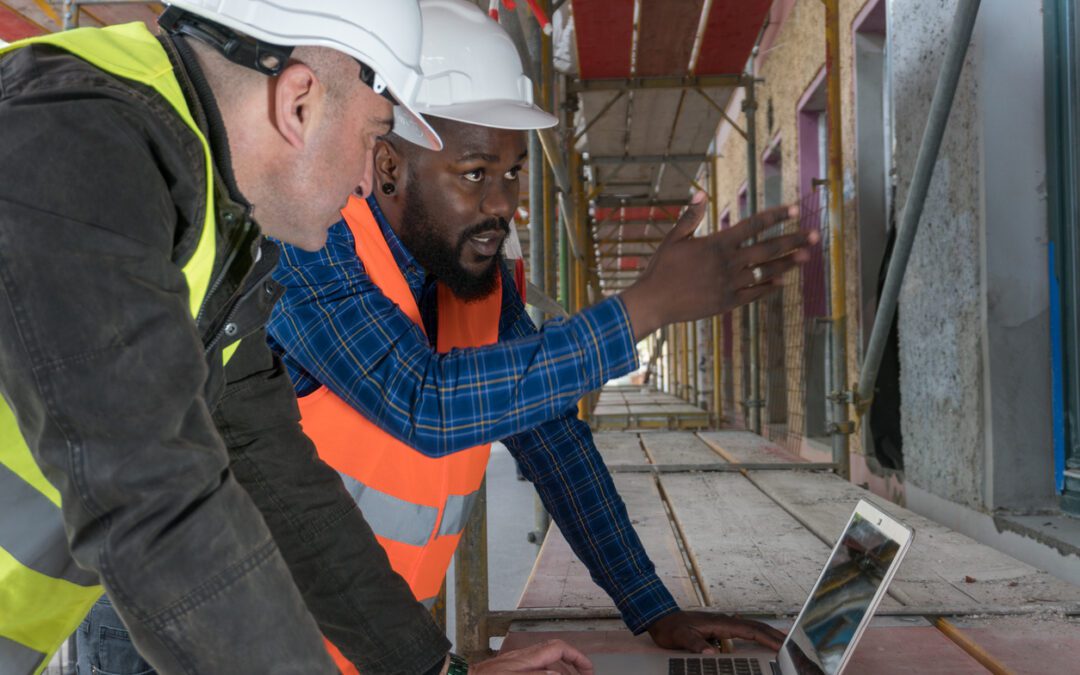The roar of bulldozers and the clang of steel were the familiar symphony for lead foreman, Jack, at a local construction company. For years, the company had built its reputation on sturdy brick-and-mortar structures, a symbol of reliability in the Denver skyline. But whispers of change swirled through the dusty air, rumors of a shift towards sustainable, eco-friendly construction.
Jack, a man of tradition, felt a knot tighten in his stomach. He called a crew meeting, the setting sun casting long shadows across the unfinished building. Instead of the usual banter, a tense silence greeted him. Jack took a deep breath and laid it all out: the industry’s growing focus on green building, the need to adapt or risk becoming obsolete.
The news wasn’t met with cheers. “Newfangled stuff,” grumbled Mike, a seasoned carpenter with a weathered face. “We build things to last, not for some fancy green label.” Jack understood their apprehension. He explained the “why” behind the change: not just environmental responsibility, but also attracting new clients seeking sustainable solutions. He emphasized the “what’s in it for them”: opportunities to learn new skills, potentially higher wages in a specialized field, and a chance to be part of the future of construction.
Open communication became the cornerstone of the change. Weekly toolbox talks morphed into discussions about sustainable materials and energy-efficient techniques. Jack empowered his crew leaders to become “green champions,” attending workshops and sharing their newfound knowledge with their teams.
The transition wasn’t easy. There were stumbles, moments of frustration with unfamiliar materials and techniques. But Jack celebrated every success, no matter how small. A perfectly installed solar panel system became a cause for a celebratory barbeque, a testament to the crew’s collective effort.
Through it all, Jack prioritized empathy. He acknowledged the fear and uncertainty his crew faced. He listened patiently to their concerns, offering support and encouragement. This emotional intelligence fostered trust and strengthened the team’s bond.
The local construction company, under Jack’s steady leadership, emerged stronger. The crew, once apprehensive, embraced the new challenges with a newfound skillset and a shared purpose. The company evolved into a leader in sustainable construction, a testament to the power of effective change leadership.
This story, like Jack’s journey, is a metaphor for leading an organization through change. As a recap, Jack’s top 5 strategies were:
- Embrace Transparency and Open Communication.
- Cultivate a Culture of Learning and Agility.
- Champion Empathy and Emotional Intelligence.
- Focus on the “Why” and the “What’s In It for Me?”
- Celebrate Wins (Big and Small)
- Embrace Transparency and Open Communication.
- Cultivate a Culture of Learning and Agility.
- Champion Empathy and Emotional Intelligence.
- Focus on the “Why” and the “What’s In It for Me?”
- Celebrate Wins (Big and Small)
At Flourish Executive Coaching and Coaching, we equip leaders with the skills to navigate change with confidence, fostering a resilient and adaptable team prepared to build a sustainable future. Contact us today to learn more about how executive coaching can help you become a more effective change leader.

